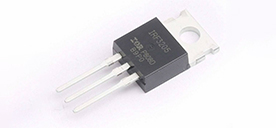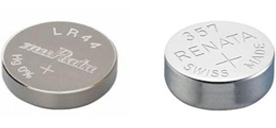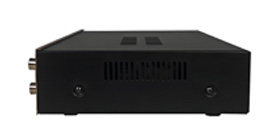Type-C vs. Android data cable: analysis of functional differences
2024/4/27 17:59:12
Views:
Type-C data cables have always attracted much attention. Here are some key messages.
There are differences between Type-C data cables and Android data cables. First of all, in terms of physical design, Type-C adopts a similar design to other interfaces, but it does not need to be aligned when plugging and unplugging. The Android interface requires correct alignment of the interface direction.
Secondly, in terms of transmission speed, Type-C supports the faster USB 3.1 standard, with speeds up to 10 Gbps, which is much faster than the usual USB 2.0 or 3.0 standards of Android interfaces.
Furthermore, in terms of charging capabilities, Type-C supports fast charging technology and two-way charging, while Android interfaces usually only support one-way charging.
In terms of function expansion, Type-C supports a variety of function expansions, such as connecting external displays, audio devices, etc., and also supports data transmission and charging functions. The Android interface mainly focuses on data transmission and charging.
Finally, in terms of compatibility, Type-C is a universal interface that can connect to a variety of devices, while the Android interface is mainly used for Android devices and has poor compatibility.
To sum up, Type-C is a more advanced and comprehensive interface standard, while the Android interface is relatively limited. When choosing to use, you should choose the appropriate interface based on your needs and device type.
Type-C data cable has many advantages and features. Here are some important aspects:
1. Forward and reverse plugging and unplugging: There is no need to worry about the plugging and unplugging direction of the Type-C interface, making it more convenient to use.
2. High-speed transmission: Type-C supports higher data transmission speeds, up to 10Gbps.
3. Multi-function: Type-C interface supports video output, charging and other functions, making it multi-purpose.
4. Widely used: It has become the mainstream interface standard for mobile phones, tablets, laptops and other devices.
When choosing a Type-C data cable, you need to pay attention to factors such as compatibility, data transmission speed, quality, and length.
The Type-C data line interface has the characteristics of reversibility, high-speed transmission and support for multiple functions, and has gradually become a mainstream interface. Trends such as high power output, universal interfaces and connectivity innovations are likely to emerge in the future.
There are differences between Type-C data cables and Android data cables. First of all, in terms of physical design, Type-C adopts a similar design to other interfaces, but it does not need to be aligned when plugging and unplugging. The Android interface requires correct alignment of the interface direction.
Secondly, in terms of transmission speed, Type-C supports the faster USB 3.1 standard, with speeds up to 10 Gbps, which is much faster than the usual USB 2.0 or 3.0 standards of Android interfaces.
Furthermore, in terms of charging capabilities, Type-C supports fast charging technology and two-way charging, while Android interfaces usually only support one-way charging.
In terms of function expansion, Type-C supports a variety of function expansions, such as connecting external displays, audio devices, etc., and also supports data transmission and charging functions. The Android interface mainly focuses on data transmission and charging.
Finally, in terms of compatibility, Type-C is a universal interface that can connect to a variety of devices, while the Android interface is mainly used for Android devices and has poor compatibility.
To sum up, Type-C is a more advanced and comprehensive interface standard, while the Android interface is relatively limited. When choosing to use, you should choose the appropriate interface based on your needs and device type.
Type-C data cable has many advantages and features. Here are some important aspects:
1. Forward and reverse plugging and unplugging: There is no need to worry about the plugging and unplugging direction of the Type-C interface, making it more convenient to use.
2. High-speed transmission: Type-C supports higher data transmission speeds, up to 10Gbps.
3. Multi-function: Type-C interface supports video output, charging and other functions, making it multi-purpose.
4. Widely used: It has become the mainstream interface standard for mobile phones, tablets, laptops and other devices.
When choosing a Type-C data cable, you need to pay attention to factors such as compatibility, data transmission speed, quality, and length.
The Type-C data line interface has the characteristics of reversibility, high-speed transmission and support for multiple functions, and has gradually become a mainstream interface. Trends such as high power output, universal interfaces and connectivity innovations are likely to emerge in the future.
Related Information
-
-
Phone
+86 135 3401 3447 -
Whatsapp





